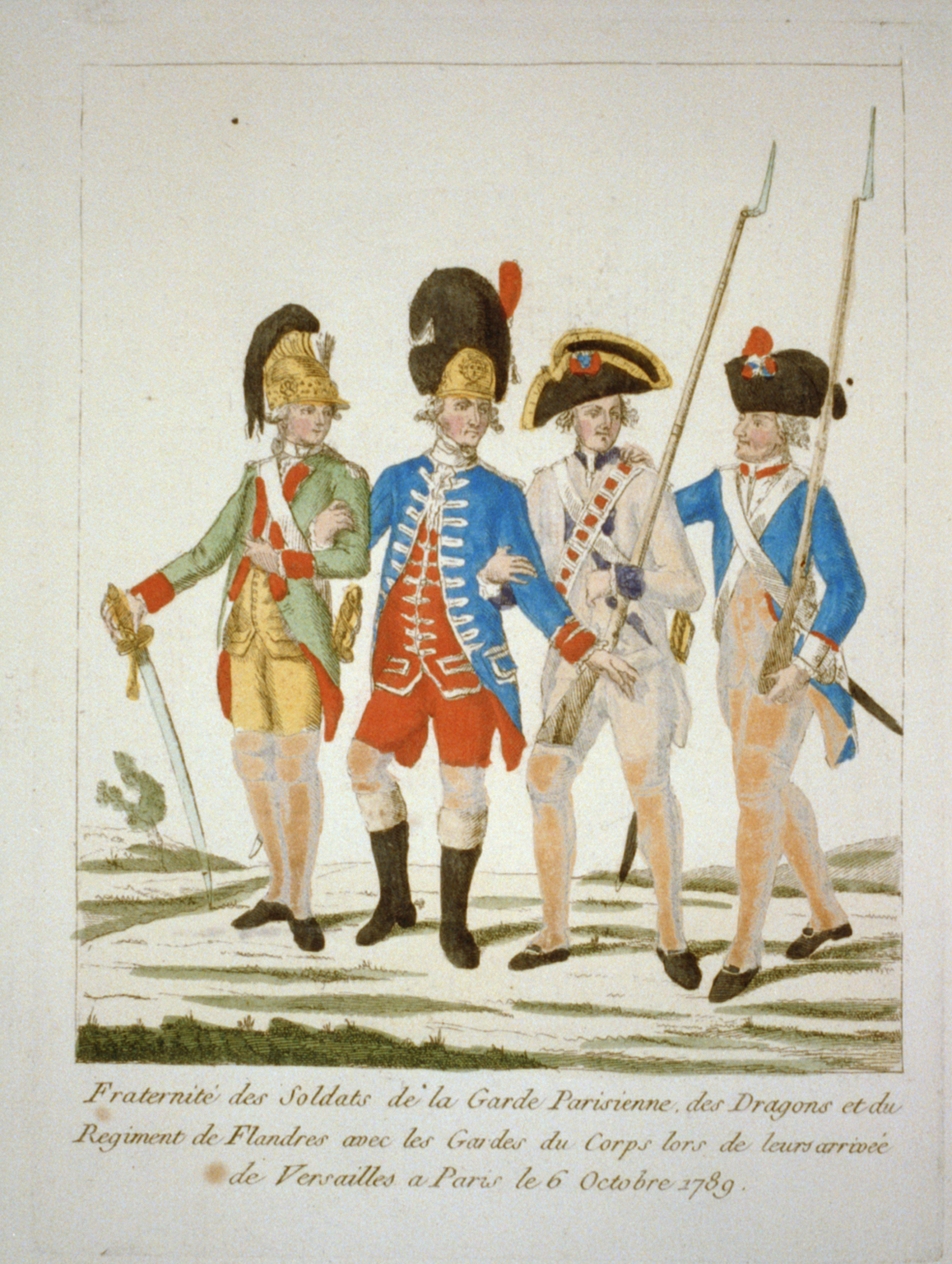The House of Aumont and Blake’s French Revolution
DOI:
https://doi.org/10.47761/biq.321Abstract
In William Blake’s French Revolution (1791) there is a minor character who is identified only as “Aumont.” He makes his first appearance in lines 159-67, where he informs King Louis XVI and the nobles that the Abbé de Seyes has left the assembly hall and is making his way to the palace to speak to them. Aumont is mentioned a second time in lines 198-201, when Seyes actually arrives. In W. H. Stevenson’s annotated edition of Blake’s poetry, a footnote identifies this character as “the Duke of Aumont, later a commander of the National Guard in Paris, and in charge of the troops leading Louis from Versailles to Paris on 5 October [1789]—which B[lake] probably saw as a pro-revolutionary act, contradicting Aumont’s earlier membership in the Second Estate of Nobility.” Stevenson’s notes have been of great use to me over the years, but I have doubts about the usefulness of this particular note. For starters, I am not convinced that Stevenson has identified the right member of the House of Aumont, and even if he has identified the right individual, I feel confident that he has not selected the most relevant episode from that person’s life to highlight.




